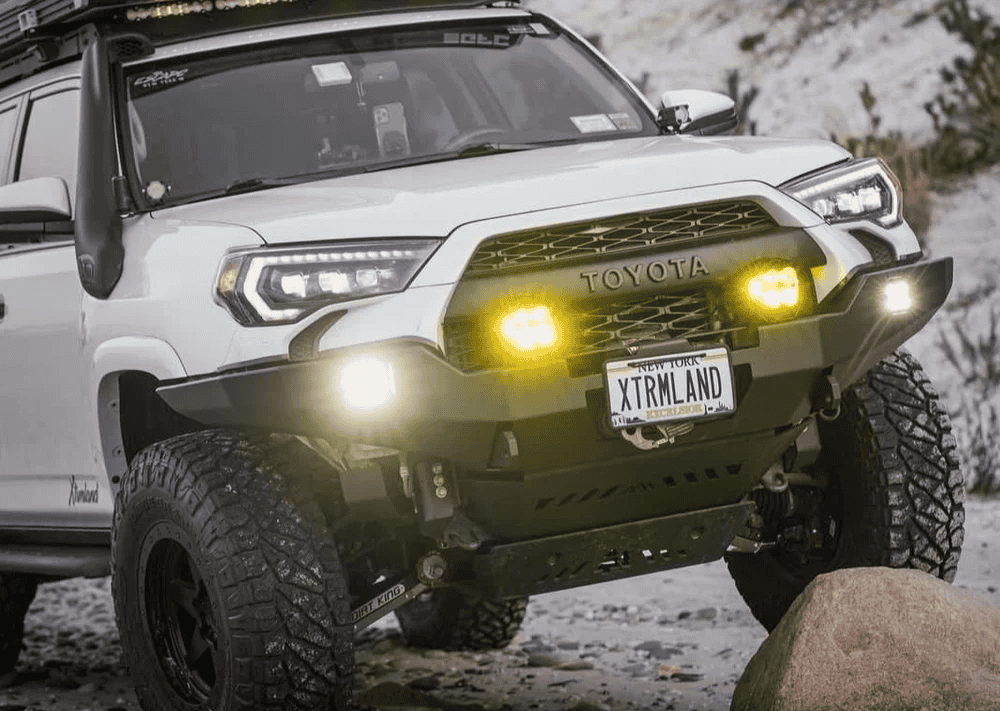Overland Vehicles

Overland upfitting is the art and science of preparing a vehicle to travel far beyond paved routes while staying self sufficient. It blends durability, range, recovery, and comfort so you can cover distance, camp with confidence, and return home safely. Think of it as building a small, efficient habitat on a capable chassis, tuned for dirt, gravel, and backcountry tracks.
At its core, an overland upfit addresses five pillars. Traction and suspension handle varied terrain while protecting components. Power systems keep fridges, lights, and comms running without idling the engine. Storage and layout organize cargo and reduce rattles. Water and food systems support days off grid. Navigation and communications add awareness and safety.
A well planned upfit starts with a clear use case. Weekend trails demand different choices than long range travel across seasons. Climate, passenger count, gear, and towing all influence parts selection, weight targets, and budget.
Suspension, wheels, and tires
Protection and recovery
Power and electrics
Storage and living
Water and hygiene
Navigation and communications
Weight management is non negotiable. Know your gross vehicle weight rating, axle ratings, and payload. Tally the mass of every part and piece of gear. Overloading shortens component life, compromises braking, and reduces stability.
Balance matters as much as total mass. Keep the center of gravity low, split weight evenly side to side, and aim for neutral handling. Upgraded brakes and proper alignment help restore stopping performance and tire life after a lift and tire change.
Electrical safety deserves attention. Use proper gauge wire, correct fusing at the source, abrasion protection, and tidy routing. Label circuits and keep service access clear. Test every system before long trips.
Finally, consider legal and insurance implications. Ensure lighting is aimed correctly, mirrors remain visible, and plate visibility is not blocked. Keep emissions equipment intact. Document modifications and maintain records.
Budgets vary widely. Basic protection, tires, and recovery gear can be a modest spend. Full electrical systems, fabricated storage, and armor increase cost and time. A staged plan lets you build in logical phases, validating each step with shakedown trips.
Timelines depend on parts availability and fabrication. Some items install in hours, others require custom fitting and testing. Planning around travel dates reduces surprises.
Platform selection should suit range, payload, serviceability, and your driving style. Simpler rigs are easier to maintain in remote towns. Whatever you choose, start with a healthy baseline: fresh fluids, good bearings, and reliable cooling.
If you want a guided path from concept to campsite, OZK Customs builds overland systems that emphasize safety, function, and reliable craftsmanship. Our team designs suspension, armor, power, storage, and water solutions that match how you actually travel, then validates the setup with thorough testing. Explore our current capabilities on the Overland rigs page, and dig into service details on Custom overland upfit. For a sense of how we work and what to expect during a build, visit Why choose OZK Customs.
Here is how we approach your rig:
Bring your platform and priorities. We will translate them into a smart, trail ready system that keeps you moving when the road gets rough.
Start a conversation today. Share your route, must carry gear, and timeline. We will propose a clear scope, schedule, and investment, then build a rig that works as hard as you do.
Ready for a purpose built overland upfit designed around your travel style and gear? Share your timeline, must haves, and platform. OZK Customs will blueprint a safe, reliable system and build it right the first time. Start your consult and put a delivery date on your adventure.
ADDRESS:
6159 E Huntsville Rd, Fayetteville, AR 72701
PHONE:
(479) 326-9200
EMAIL:
info@ozkvans.com